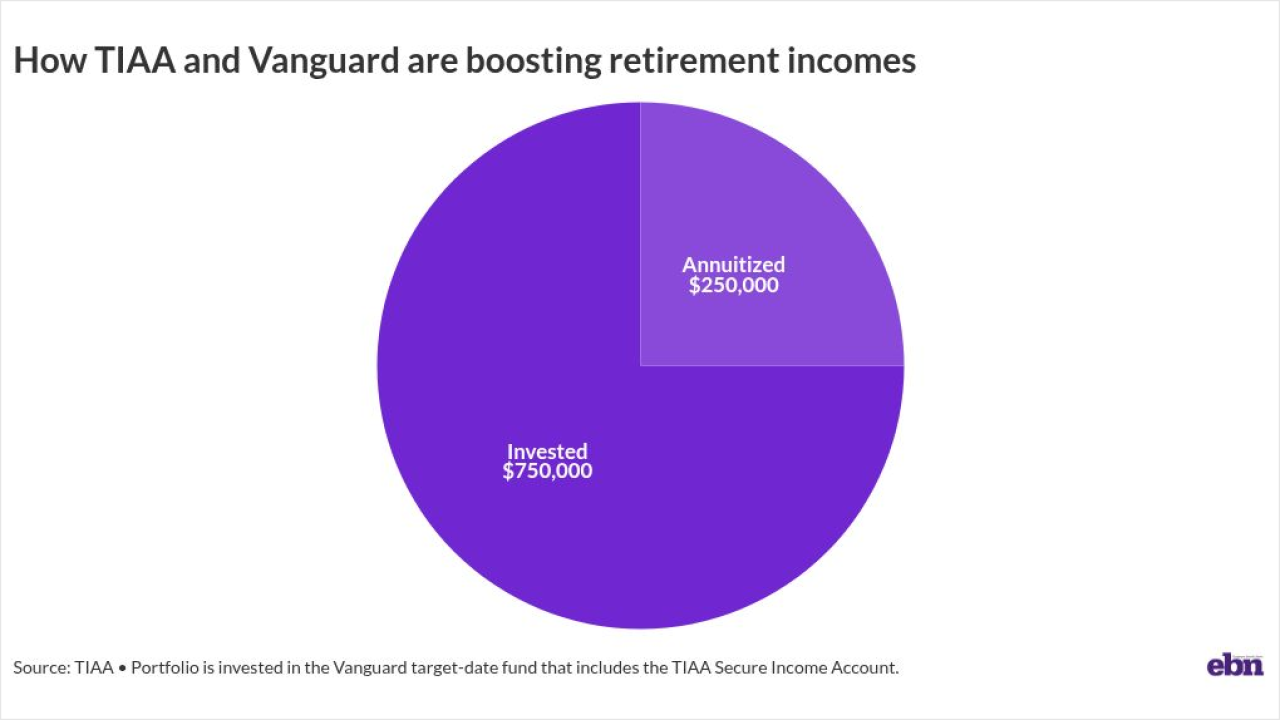Making sure the benefits package attracts and retains all positions inside an organization is part of our role as
Traditionally, most of us have served only those who elect the benefit offerings, but we are missing an entire population that needs our help. They are working, eligible for Medicaid, but they don’t know this. They are working, but don’t know about the free clinic around the corner. They are working, and they need help. People are living
I have seen low-income employees purchase vision or dental because they are ashamed that they can’t afford to purchase medical coverage, and they don’t want an enroller to make a judgment and view them as unloving toward their family. When you are focused on putting food on the table and keeping the lights on, affording medical care gets left behind. No one wants to hurt someone’s pride, so we need to present options that help them and provide dignity with those offerings.
Read more:
As brokers, it’s on us to find the local food bank and share that information with these workers. Give them the information for community programs and resources. Connect them with the state department of health services. Step outside the benefits box that we sell, and be an adviser that brings value to everyone.
If we include all economic levels in the design of the benefits plan inside an organization, we will gain unique insight into what employees value and need. Quality nutrition is generally one thing that comes up; it costs more to eat nutritious and fresh food. What resources can you find for your clients’ employees? Local produce can often be delivered for less than the prices at grocery stores.
Be mindful of your offerings. Do you put in place wellness plans that require time and expect it to be completed outside of work? Things like logging of activities and remembering a password to earn extra bucks? How does that help a single mom with three kids? She doesn’t have time for this. She is getting homework done, feeding her family and keeping a roof over their heads — all while arranging child care so she can earn an income.
How does an adviser help in the areas they aren’t trained in? Ask for help. Connect with your local politicians, collaborate with the human resource leaders in your community, reach out to providers of health services. The more people you can involve and learn from, the greater impact you will be able to provide for those you serve. Look for healthcare collaboratives in your communities.
Read more:
Cross-sector collaboration is key to advancing health equity and creating community well-being. You can find the partners by networking and asking for ways they help those who are less fortunate. The convoy can only move as fast as the slowest boat, so we must bring everyone we can with us on the journey of health equity.
Benefit consultants help people every day. We provide care and compassion. When we work from a place of love, productivity increases. You experience less stress, disease and a need for medication. Working in alignment with a purpose actually helps your own personal wellbeing as well as others. Inclusion of all economic levels in the design of benefits for organizations will reduce your need for healthcare, while also serving more people.
The health equity mission isn’t just about doing the right thing and fulfilling a growing need in society. It’s also a tremendous way to deepen your strategic ties to clients and help satisfy the employee populations that you serve.






